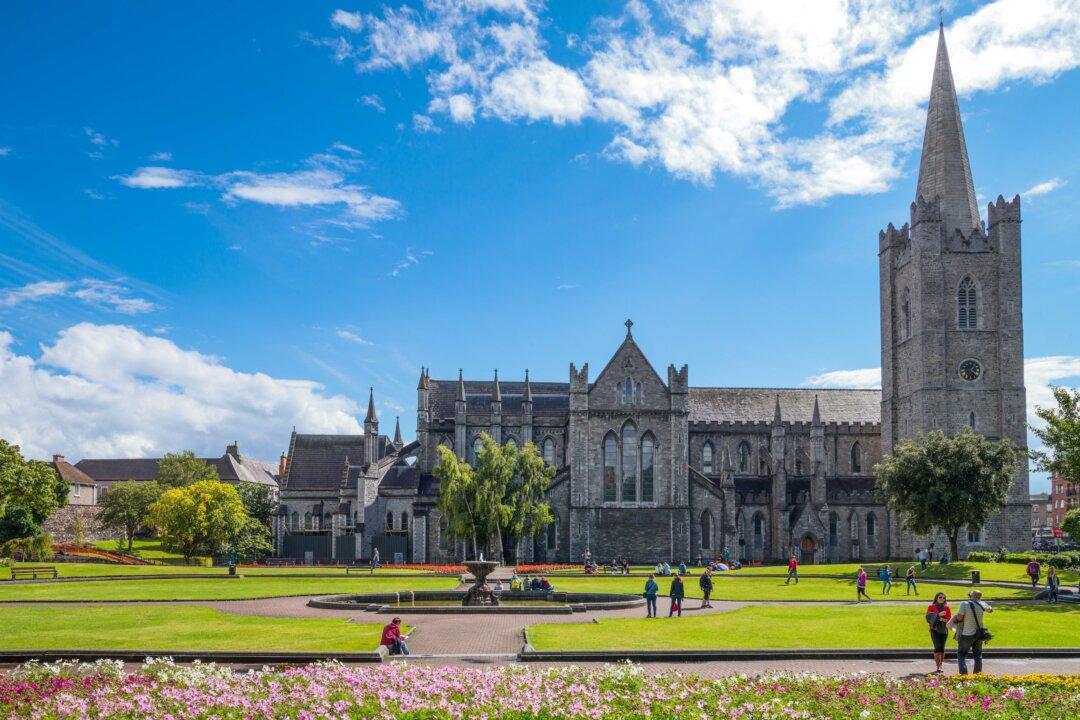Built to honor Ireland’s patron saint, St. Patrick’s Cathedral stands as a testament to 800 years of Ireland’s cultural and religious history. Located in the historic Liberties district of the Irish capital of Dublin, this magnificent Gothic-style cathedral is one of the few buildings still left of the medieval city.
Originally a wooden collegiate church built on the site where St. Patrick allegedly baptized converts, the church became a cathedral in 1212 and underwent new construction between 1220 and 1259. The current structure is a striking example of medieval craftsmanship, characterized by soaring spires, intricate stonework, flying buttresses, and pointed arches—all typical features of the prevalent Gothic style at the time.






